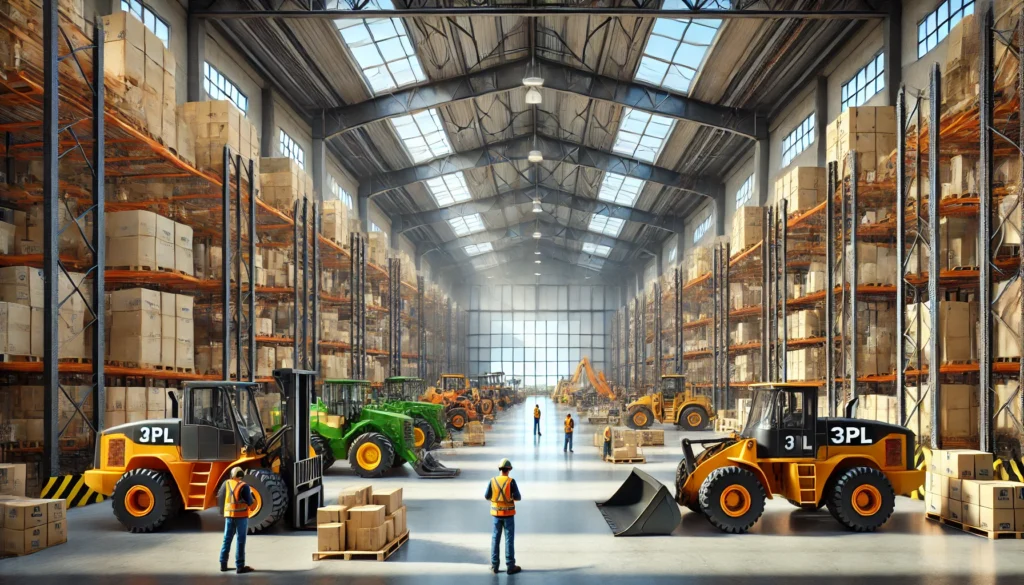
The equipment industry is undergoing a seismic shift, driven by rising costs and the pursuit of operational efficiency. Traditional dealership models are being reimagined, with manufacturers opting for streamlined approaches such as direct imports or local manufacturing and third-party logistics (3PL) warehouses. This evolution is not only about cost savings but also about adapting to changing customer expectations and market dynamics.
The Changing Role of Dealerships: From Sales to Experience Centers
Historically, dealerships have been the cornerstone of equipment sales, handling everything from transactions to service. However, with the rise of digital platforms and direct purchasing options, the role of dealerships is shifting from transactional hubs to experiential centers.
In this new model, dealerships are becoming more like showrooms—spaces where customers can interact with equipment, explore the latest advancements, and gain hands-on experience. These locations will focus on showcasing new products, offering test runs, addressing service requirements, and processing warranty claims. Customers may no longer visit dealerships with the intent to purchase but rather to deepen their understanding and trust in the equipment and brand.
A Parallel in Retail: The Automotive and Furniture Industries
This evolution mirrors trends in industries like automotive and furniture. Take Tesla, for instance. Their showrooms emphasize the experience—letting customers interact with vehicles, learn about features, and even take test drives. However, most transactions occur online. Similarly, furniture brands like IKEA offer immersive showroom experiences, allowing customers to explore products in real-world setups while encouraging online ordering for convenience.
In the equipment industry, this parallel is clear. Manufacturers and dealerships are adapting to a hybrid model that combines the tactile and visual appeal of physical spaces with the efficiency and breadth of online sales.
Cost Savings and Efficiency
Operating a dealership can be costly. Monthly rent alone can range from $10,000 to $30,000, depending on location and size. Salaries for sales staff typically fall between $30,000 to $60,000 per employee annually. Additionally, security measures, including insurance premiums, can cost between $10,000 and $50,000 per year. These figures, based on industry data from FinModelsLab, highlight the financial burden traditional dealerships face.
Impact on the Supply Chain
By shifting to 3PL warehouses, manufacturers can streamline their supply chains, allowing parts and products to be delivered more efficiently and at a lower cost. This not only reduces operational expenses but also enables manufacturers to cover larger areas, providing better coverage across states or even the entire country.
Disrupting the Industry
With reduced costs and improved efficiency, this model presents a significant threat to traditional big-brand dealerships that rely on multi-million dollar locations and extensive staffing. As the saying goes, “The big don’t eat the small, the quick eat the slow” Manufacturers that adapt quickly to this digital model can outpace their competition, offering products faster and at a lower cost.
Conclusion: Embracing the Future
The equipment industry’s transition toward digital transformation and showroom-style dealerships is not just a reaction to rising costs—it’s a proactive strategy to meet evolving customer expectations. By creating immersive, customer-centric spaces and leveraging the efficiencies of digital sales and logistics, manufacturers can redefine how they connect with buyers.
This hybrid model is poised to disrupt traditional norms, positioning manufacturers and dealerships alike for success in a rapidly changing market.

Leave a Reply